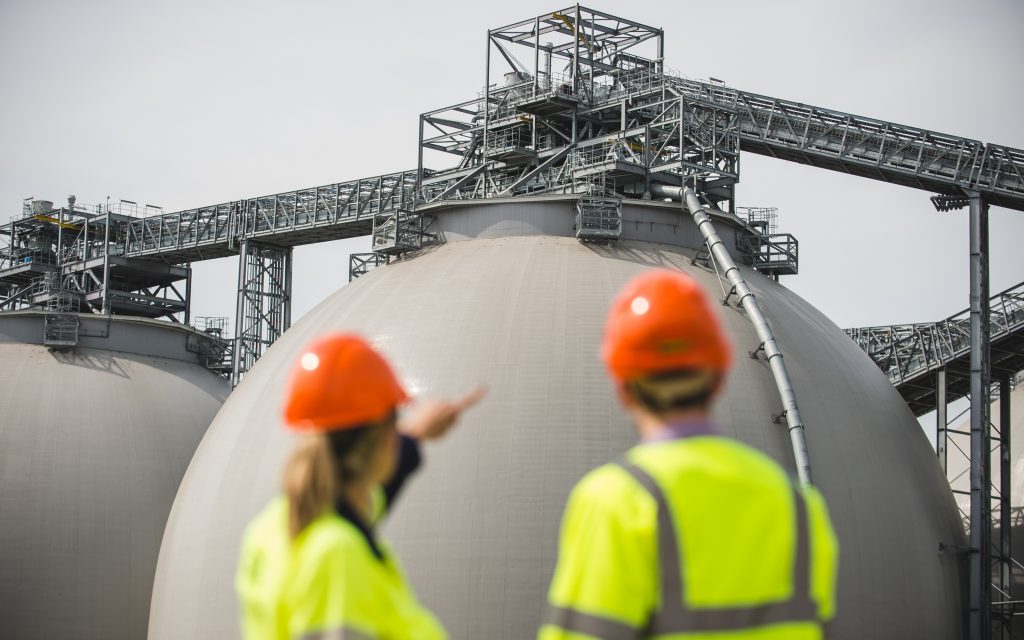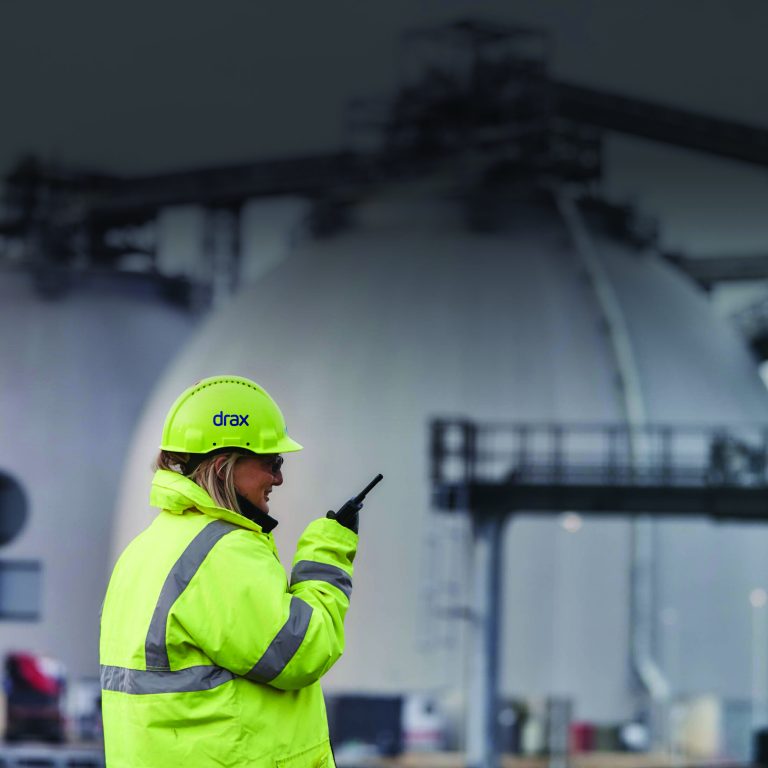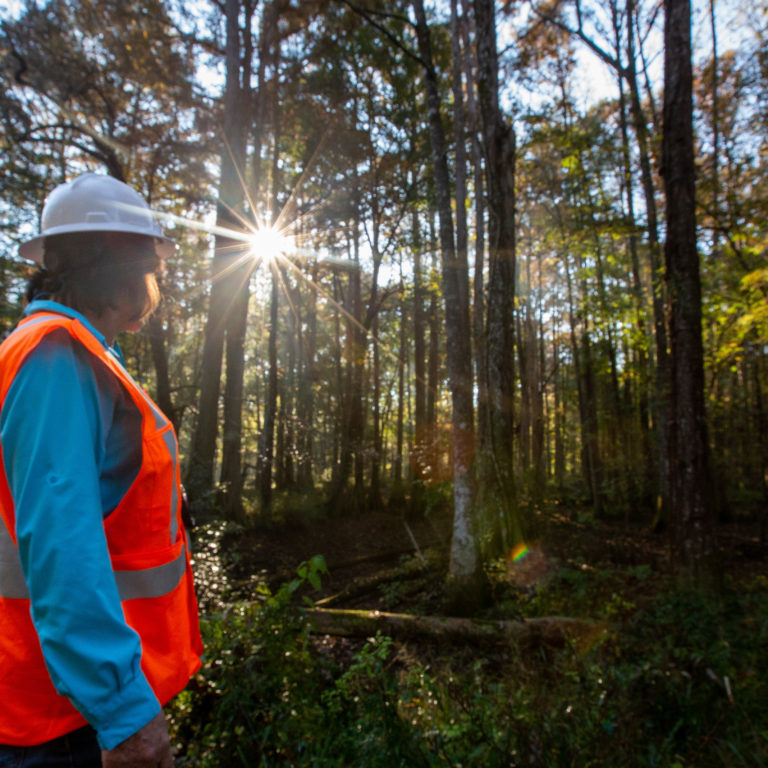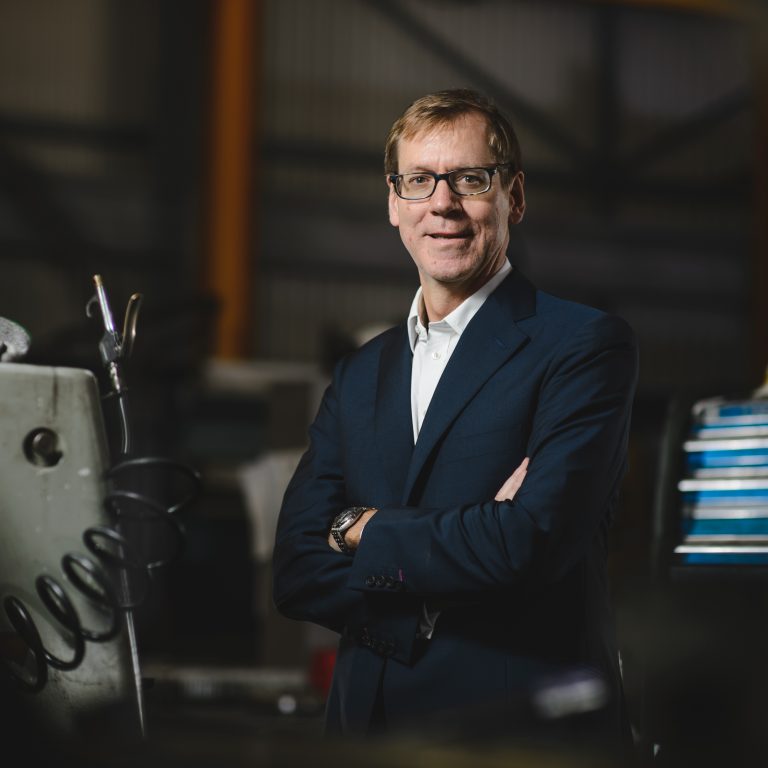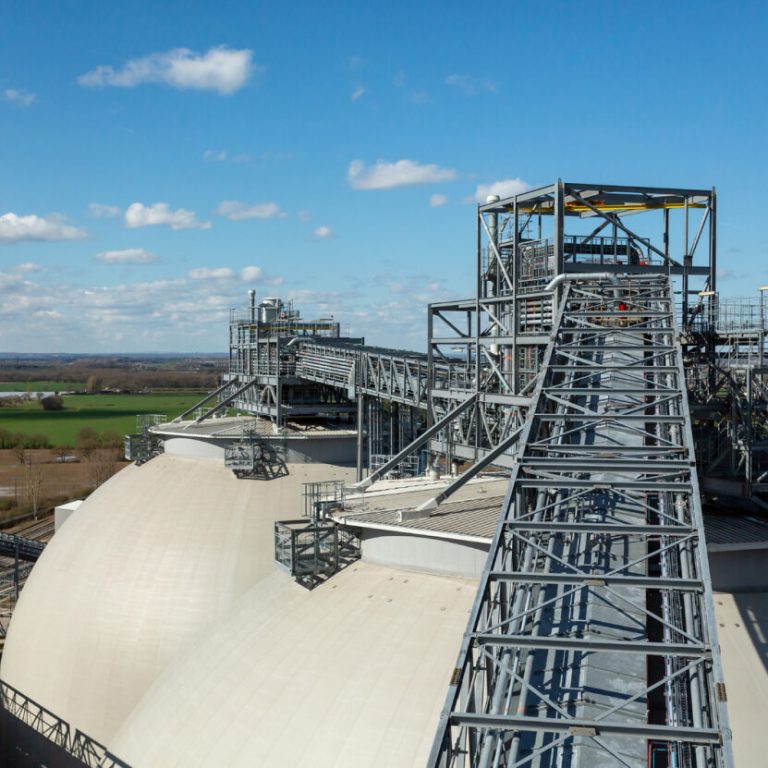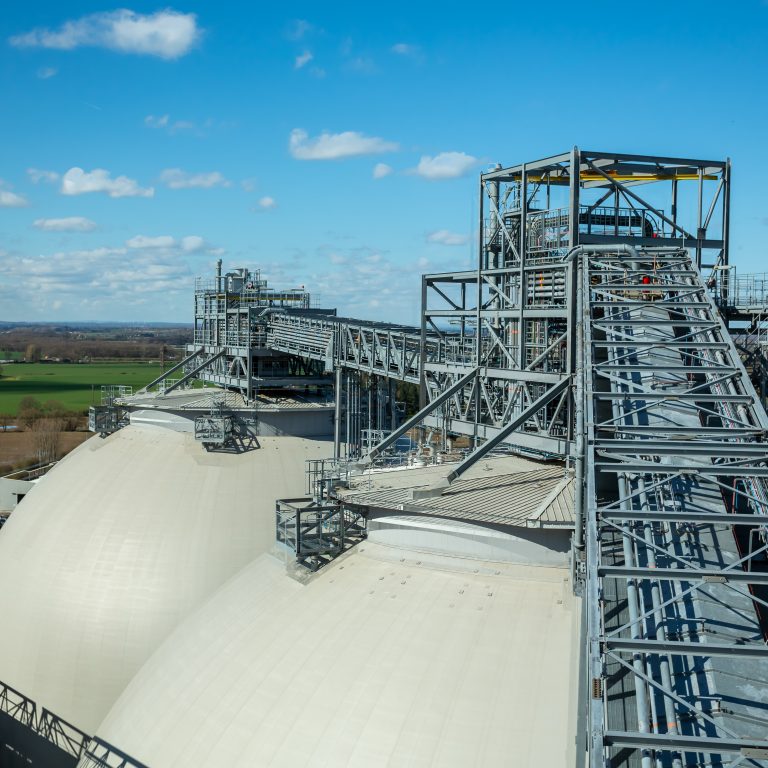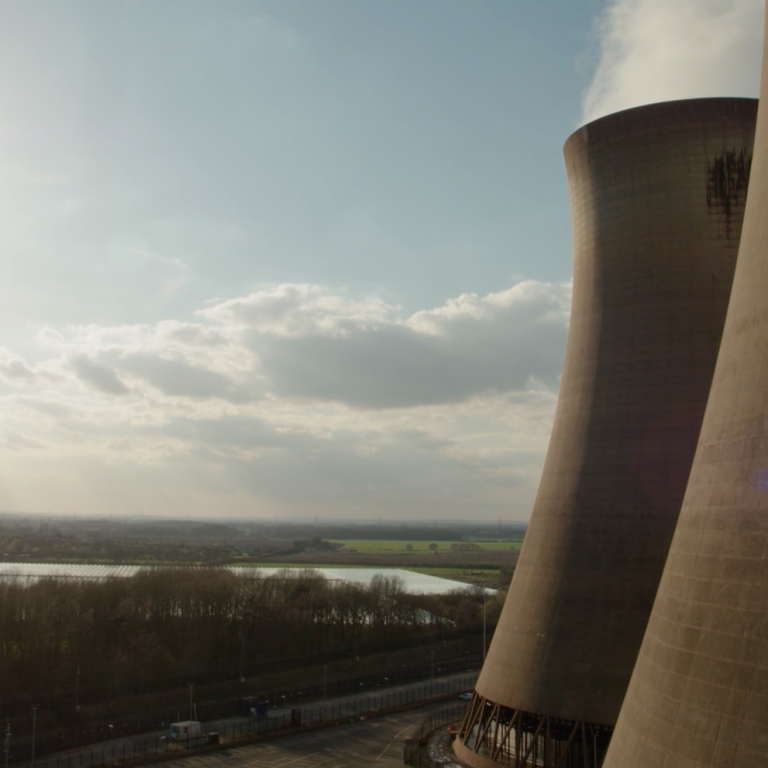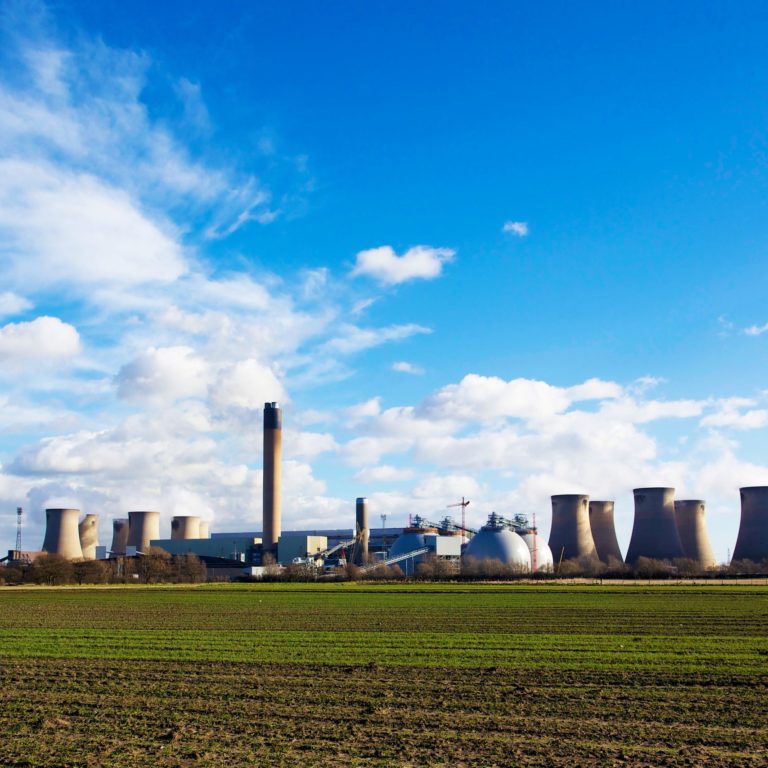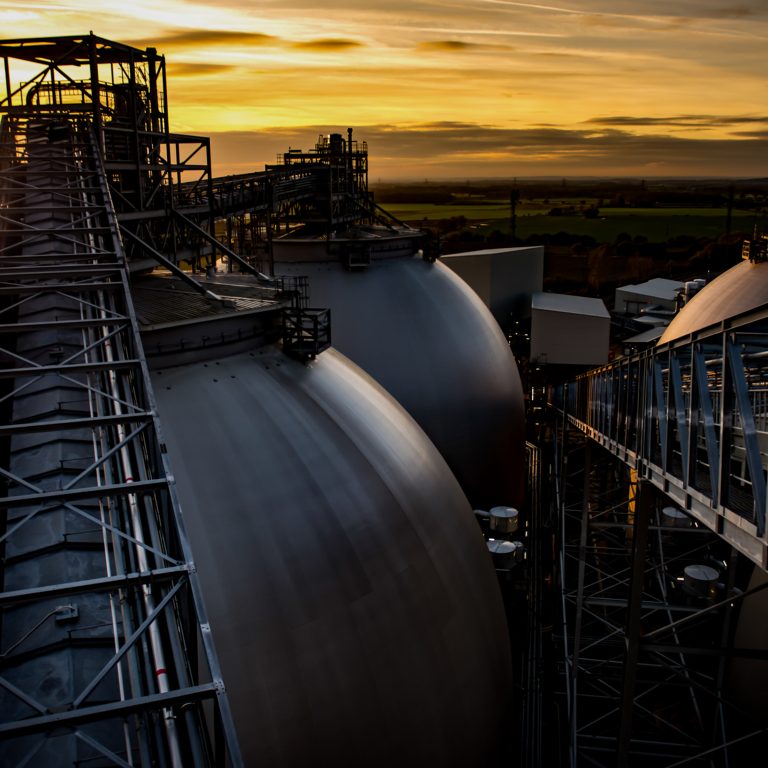Later today the EDF Board is expected to give the go-ahead for a new nuclear power station at Hinkley. This will provide some long overdue clarity for Britain’s energy sector, but we now need to quickly move on and make the right decisions to secure the best mix of power generation. The drawn out debate around Hinkley Point C has diverted attention away from the sector’s biggest challenge.
The Government has made it clear that coal must come off the system by 2025. But coal still provides up to one fifth of the UK’s electricity, and plugging that gap will be far from easy. Nor will doing so in a way that allows the country to meet its carbon targets while supporting the technologies that will deliver a modern energy system fit for the 21st century. The Government’s intention is absolutely right, but how does it intend to meet its target?
Let’s be clear, a positive Hinkley Point C decision will play an important role in the necessary energy mix but will provide no silver bullet. By most estimates, when finally complete, the nuclear plant will provide seven percent of the UK’s electricity needs. However, this isn’t expected to come ‘on grid’ much before 2030, and let’s remember that in 2030 all but one of the UK’s current operating nuclear reactors are scheduled to be closed. Hinkley will therefore be replacing only some of the lost nuclear capacity, not providing ‘new’ energy to replace coal.
The last few years have seen a huge and welcome expansion in renewable sources of generation like wind and solar in the UK, but they are intermittent and cannot fill the gap alone. They still need to be supported by a constant supply of electricity that can be flexed up and down when the wind does not blow and the sun does not shine – a regular scenario on these shores.
As a form of low-carbon baseload generation, nuclear will undoubtedly be part of the answer. However, as we’ve already seen with Hinkley Point C, planning, funding and building new power stations can be a long and costly process. It has taken over a decade to reach today’s decision. In the past year alone, more than 5 gigawatts (GW) of coal power generation– Hinkley Point C is set to provide 3.2 GW – has come off grid well before the Government’s target of 2025. We don’t have the luxury of time: every day lost adds to the cost of addressing this challenge.
Gas will play a role but many, including the Institution of Mechanical Engineers (IMechE) have pointed out the huge number of gas-fired power stations we’ll need to plug the gap that ending coal creates. IMechE estimates 30 will be required which is clearly unrealistic, since the UK has built just four in the last 10 years.
At Drax, we have developed a solution to these challenges. We have used state of the art technology to upgrade some of our coal facilities to generate electricity from biomass in place of coal. These facilities are already providing a reliable and flexible flow of electricity that also helps the UK meet its carbon targets. The biomass we use is compressed wood pellets which perform in much the same way as coal and deliver an 80% CO2 saving.
Our biomass facilities are already powering three million homes and with the right support we can double this, helping to plug the energy gap that old plant coming off and delays to new build will leave us with.
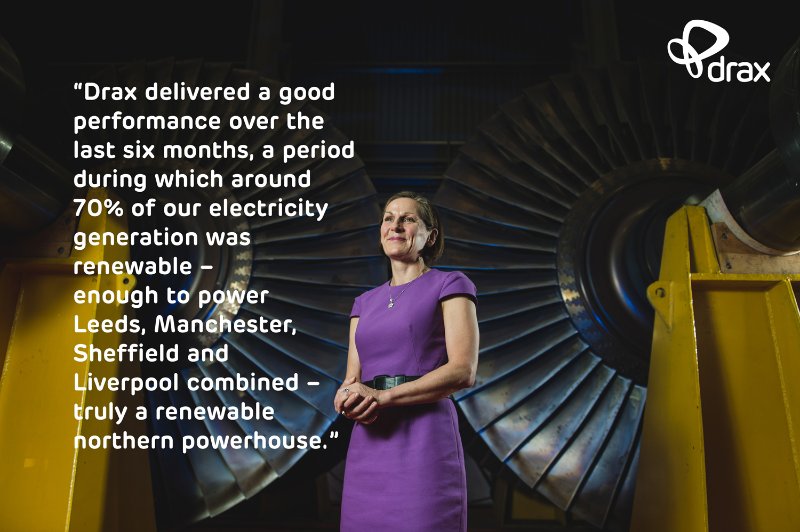
Using biomass is more cost-effective than other renewables. This was illustrated by a recent study from Imperial College and economic consultancy NERA when they analysed the hidden costs of the back-up needed to meet demand created by intermittent renewables. Our biomass facilities can provide all of the electricity services required to keep the UK electricity system stable. Providing these services is set to become increasingly important in the years ahead as a greater need to back-up and balance the system will be required.
Finding the right mix of power generation will not be easy, but it is important we make every effort to get it right. Like Hinkley Point C, biomass is not a silver bullet, but it can and must play its part in helping the country transform to a low-carbon future.








